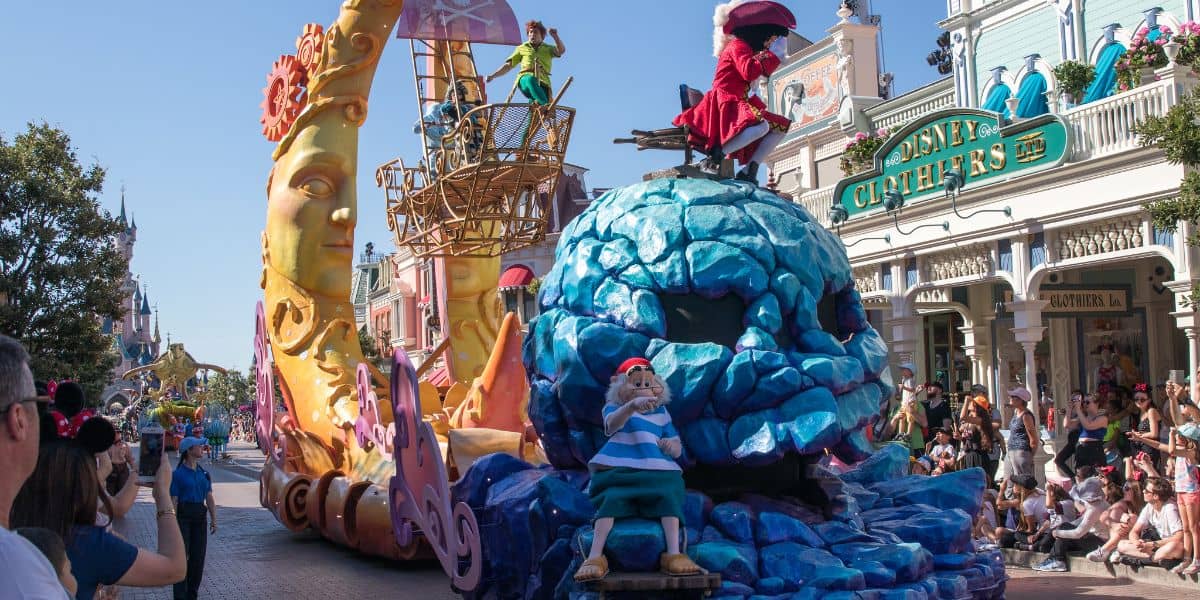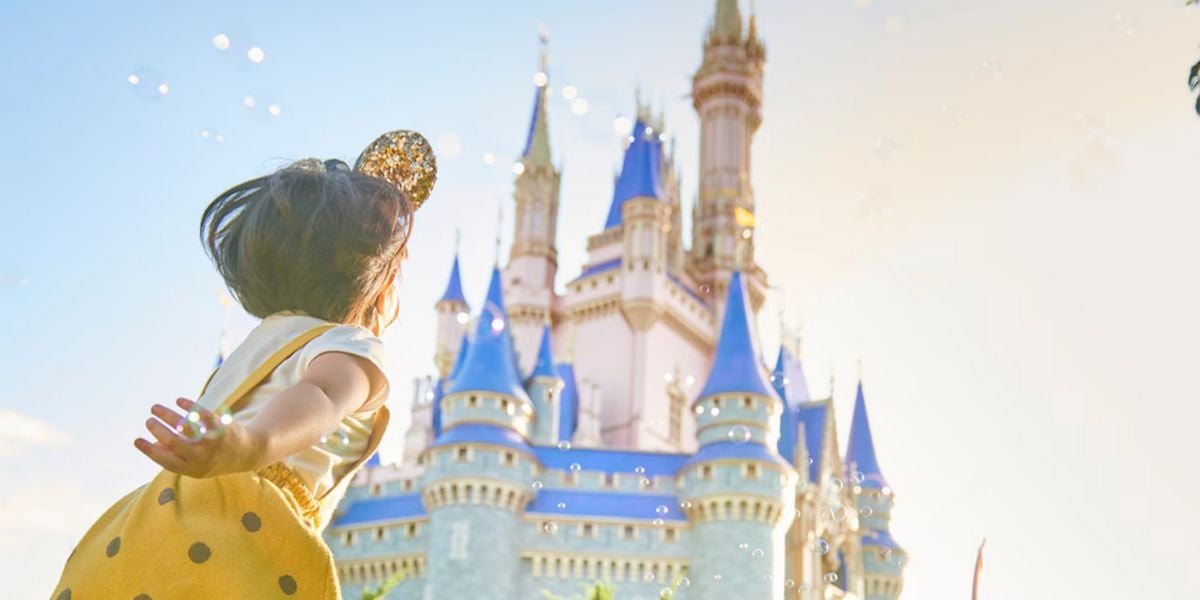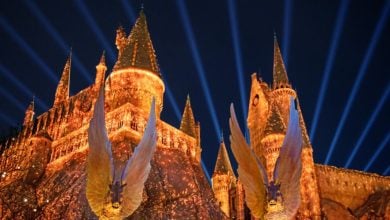The Clever Illusion That Makes Disney Parks Feel Like an Endless Fairytale
There’s a reason why Disney doesn’t just feel like a theme park—it feels like stepping into another world. Guests expect fireworks, churros, and rides, but what they don’t expect is just how big everything seems once they’re inside. That’s not a happy accident. It’s by design.
Disney employs some of the most subtle and brilliant architectural and layout tricks to make its parks seem endless. Even if you’ve visited more times than you can count, walking through the gates still feels fresh and expansive.

Four Parks, One Massive Illusion
Each of Disney’s four parks has its own flavor. Magic Kingdom is the fairytale classic, anchored by Cinderella Castle. EPCOT is a mix of global culture and futuristic innovation. Hollywood Studios puts you in the middle of your favorite movies, while Animal Kingdom surrounds you with lush landscapes and wildlife.
They’re very different parks—but all of them lean on the same behind-the-scenes design principles. Disney wants guests to believe the world stretches on forever, no matter how much space they actually have to work with.

Forced Perspective Makes Icons Tower
Take a look at Cinderella Castle. It’s not nearly as tall as your eyes tell you it is. Disney uses forced perspective—shrinking the scale of the upper levels—to create the illusion of height. The base of the castle is full scale, the middle floors are smaller, and the top is smaller still.
Your brain processes that shrink as distance, making the castle look towering and grand. The same trick appears on Main Street, U.S.A., at EPCOT’s pavilions, and even on the Tower of Terror.

Sightlines That Guide You
Another quiet design move: layered sightlines. Instead of wide open spaces where you can see everything at once, Disney uses curves, trees, and buildings to block and reveal as you walk.
It’s why you can’t just stand in the middle of Magic Kingdom and see every land at once. Your view is constantly being directed, giving the sense that there’s more to explore around every turn.
Walkways That Stretch the Journey
Straight lines make things feel smaller. Disney avoids them on purpose. Winding paths in places like Adventureland or EPCOT’s World Showcase make even short walks feel longer. Those little twists and turns slow guests down and give them a sense of traveling through something much larger.
It’s not just practical—it’s theatrical.

Landscaping That Paints a Bigger Picture
Disney also uses landscaping like a set designer. Trees and plants are placed strategically: taller ones are positioned up close, while smaller ones are placed in the distance, creating depth.
Transitions between lands are hidden behind greenery and subtle design changes. Instead of hard edges, you get soft transitions that make each new area feel like its own world.

Landmarks and Sensory Tricks
Disney relies on visual anchors—what Walt famously called “weenies.” Cinderella Castle, Spaceship Earth, Expedition Everest, and Tower of Terror all act as magnets that pull you deeper into the park. They make destinations feel farther away than they are, guiding your movement almost subconsciously.
Then there’s the sensory layer. Every land has its own music loop that fades in and out as you move. Disney even uses scent: Main Street smells like baked goods, Adventureland smells earthy. These tricks give your brain the feeling of crossing great distances.

It’s All in the Details
When you add it all up—forced perspective, sightlines, winding paths, thoughtful landscaping, visual anchors, and sensory cues—Disney creates the illusion of a park without boundaries.
The next time you’re walking toward the castle, pay attention to how tall it looks. Notice the way the path curves and how the sounds around you change. You’re experiencing one of Disney’s greatest tricks: making the world feel bigger than it is.





